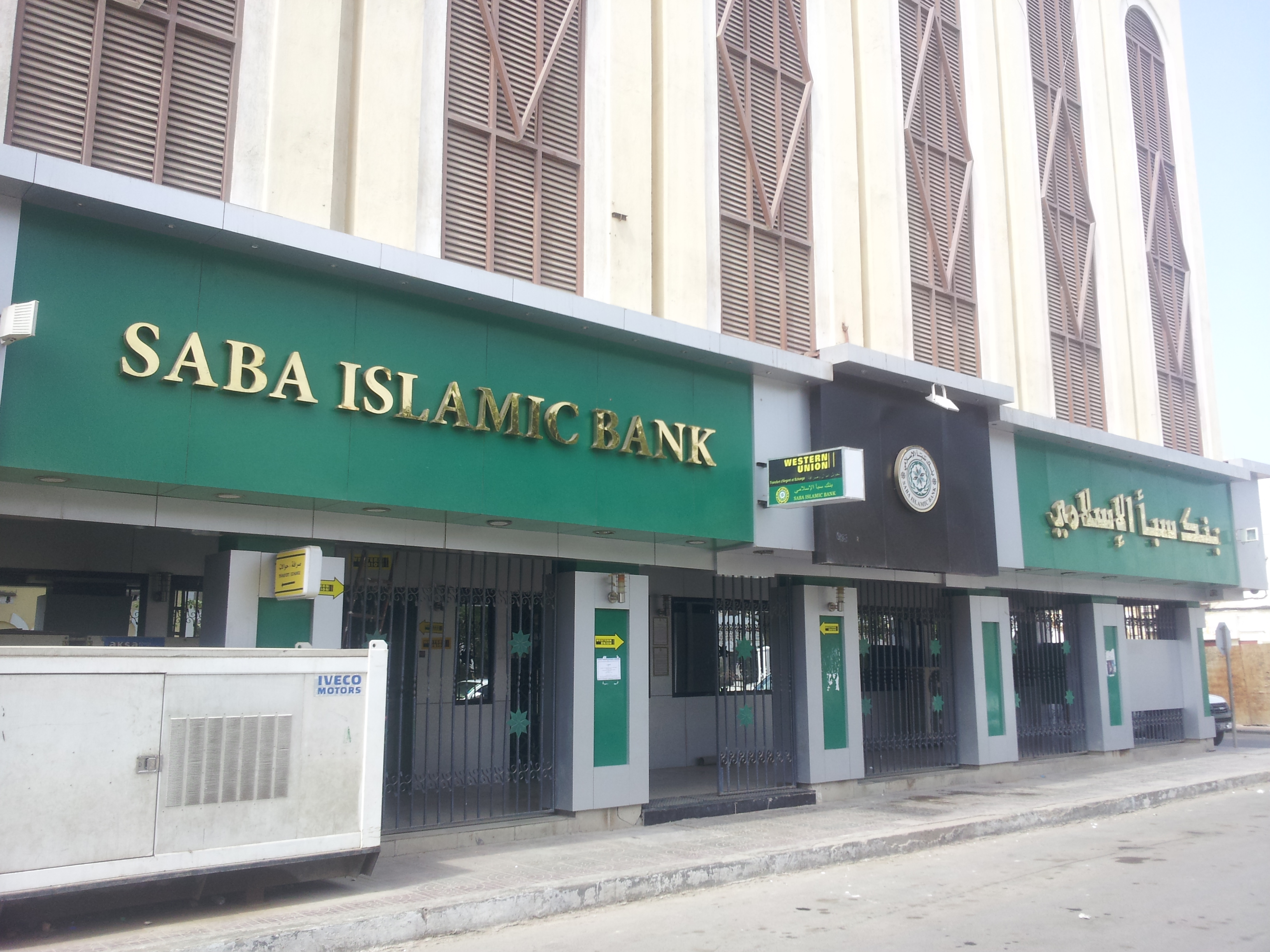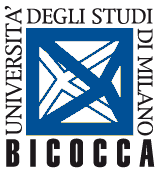Origins and models of Islamic banking

Islamic finance in the modern sense was born out of the encounter between the experience of European cooperative banks and the religious traditions of the population settled near the Nile delta. In fact, the first Islamic credit institution was founded in Egypt in 1963 in the village of Mit Ghamr, and the paternity of its creation is attributed to the economist Al-Najjar, who inaugurated the first Rural Savings Bank using some public funds from the Egyptian state combined with funding from a German financial group.
Trained at German institutes, Al-Najjar focused his attention on social economics, philosophical-socialist and Christian economics. Back in his homeland, he attempted to recreate the system of German agricultural funds in Egypt while paying attention to Shariah's economic precepts. To precisely ensure this conformity, the economist set up a supervisory body made up of Islamic religious experts. This body, which can be considered the primitive core of today's Shari'ah boards, originally played an essential role in the creation of the products and services offered by Islamic banks. In fact, the first group employed by Al-Najjar drew up contractual schemes that conformed to Islamic economic principles, while ensuring that the operations of what would later become the Islamic bank were halal, i.e., Shari'ah-compliant.
However, the life of the Rural Savings Bank was short. In fact, the Egyptian government imposed its closure in 1967. The reason was the mistrust that the central authority developed towards the Rural Savings Bank, which represented a potential political enemy. This institution operated for about five years and had a more than positive impact on the social fabric of the area.
A few years later, some countries with an Islamic majority founded the Islamic Development Bank (IDB) in Saudi Arabia with the task of helping the development of local Muslim communities. This objective was pursued through social and economic interventions in full accordance with the dictate of Revelation.
In the late 1980s, the Dubai Islamic Bank was established, followed by Islamic banks in Sudan, Egypt, Bahrain, and Malaysia.
This development allowed for the spread of a few Islamic banking intermediaries in a very few years, which enabled Islamic finance to grow considerably. This resulted in the emergence of Islamic finance in the global financial landscape.
Islamic finance took on its current structure around the 2000s and has since 2010 become a booming financial segment also in non-majority Islamic contexts such as the UK, Germany, and Luxembourg.
Islamic banking today has its own identity within the financial market. It is in the Revelation that it finds its foundations, representing a peculiarity in the global banking scene even if not the only one.
It is usual to identify, based on a diffusion criterion, three different models of Islamic banking.
The first model of Islamic banking intermediary is the so-called exclusive Islamic bank, i.e., a fully Islamic bank. This is an intermediary in which all services and products offered are fully Shari'ah compliant. Not only does the offering comply with the Shari'ah dictate, but also the accounting records conform to the economic principles of Revelation. This form, however, is still limitedly widespread outside Muslim-majority countries.
Another management model is the one known by the name of Islamic windows. This is a real banking window within a conventional bank, whose purpose is to intercept demand for Shari'ah-compliant products. In practice, this model has been devised by some conventional financial intermediaries to offer services and products to (potential) Muslim customers.
It is necessary, however, to emphasize a particularly relevant profile concerning this latter case: Shari'ah-compliant transactions and the resulting income are kept separate from the conventional bank's capital management. Otherwise, in fact, the services and products offered by the Islamic window would be considered haram (illicit) insofar as they are contaminated by the activities of the conventional intermediary. If the money intended for Shari'ah-compliant transactions meets the money used for so-called conventional transactions, the Shari'ah-compliant transactions would be considered haram, i.e., illicit. It is necessary to emphasize that money in the Islamic conception is not considered an end but a means for which any speculative intent is forbidden. Therefore, segregation of assets and related accounting profiles in banking practice is necessary to ensure compliance with Islamic economic principles.
Last, in order of diffusion, is the model of the halal branch of a conventional bank. A financial intermediary that bases its operations on the principles of conventional economics creates a physically and managerially detached branch within which Shari'ah-compliant products and services are offered. This model was devised by the Western financial world, in the same way as the Islamic windows, placing itself somewhere between the 'pure' Islamic bank and the Islamic window.
Looking at the Italian legal system, it is possible to say that it has not had any experience with Islamic finance. In other words, Italian financial and banking realities have not concretized systematic and unitary proposals aimed at unveiling the multiple possibilities deriving from the introduction of Islamic finance in the Italian banking system. From a de iure condendo perspective, however, the model of the Islamic windows would seem to be a viable way to allow Islamic finance to enter Italy.
(Focus by Alessandro Cupri)
Bibliografia essenziale:
S.A. Aldeeb Abu-Sahlieh, Il diritto islamico. Fondamenti, fonti, istituzioni, Roma, 2008
R. Aluffi Beck-Peccoz, Islam: unità e pluralità, in S. Ferrari (a cura di), “Musulmani in Italia”, Bologna, 2000, 53
S. Alvaro, La finanza islamica nel contesto giuridico ed economico italiano, in Quaderni di ricerca giuridica Consob, 6, 2014, 1
L. Anderloni (a cura di), Il social banking in Italia, un fenomeno da esplorare, Giuffrè, Milano, 2003
D. Atzori, Fede e mercato, verso una via islamica al capitalismo?, Bologna, 2010
A. Bausani, L’Islam. Una religione, un’etica, una prassi politica, Milano, 2005
Banca D’Italia, Finanza islamica e sistemi finanziari convenzionali. Tendenze di mercato, profili di supervisione e implicazioni per le attività di banca centrale, in www.olir.it, 2011
P. Biancone, Il bilancio della banca islamica e la rappresentazione dei principali contratti finanziari, Milano, 2012
P. Biancone, S. Secinaro e M. Radwan, Compatibilità della finanza islamica alla normativa italiana, in Stato Chiese e pluralismo confessionale, Rivista telematica (www.statoechiese.it), n. 9, 2020, 1
P. Branca, Il testo sacro dei musulmani. Piccola antologia coranica, Roma, 2019
M. Campanini, Il Corano e la sua interpretazione, Roma-Bari, 2019
M. Cizakca, Islamic Capitalism and Finance: Origins, Evolution, and the Future(Studies in Islamic Finance, Accounting and Governance),Cheltenham (UK), 2011
A. Cupri, L’Economia del Profeta: la finanza islamica e i fondamenti religiosi del diritto islamico dei contratti Shari’ah Compliant, in Stato, Chiese e Pluralismo confessionale, Rivista telematica (www.statochiese.it), novembre 2021, 19
V.M. Donini, Cenni sul diritto islamico dei contratti, in Iura Orientalia, VI, 2010, 260
A.A.F. El-Ashker, F. Rodney, Islamic Economics: a short history, Brill, Leiden-Boston, 2006
E. Francesca, Economia, religione e morale nell’islam, Roma, Carocci, 2013
G. Gomel et Al., Finanza islamica e sistemi finanziari convenzionali. Tendenze di mercato, profili di supervisione e implicazioni per le attività di banca centrale, in Questioni di Economia e Finanza (www.bancaditalia.it), ottobre 2010, n. 73
E. Gualandri, A. Landi, V. Venturelli, P. Vezzani, A. Ferrari, Strumenti e prodotti finanziari: bisogni di investimento, finanziamento, pagamento e gestione dei rischi, Torino, 2012
R. Hamaui e M. Mauri, Economia e Finanza Islamica, Bologna, 2009
K. Jouaber-Snoussi, La finanza islamica, un modello finanziario alternativo e complementare, Milano, 2012
F. Miglietta, I principi della finanza islamica, in C. Porzio (a cura di), Banca e finanza islamica. Contratti, peculiarità gestionali, prospettive di crescita in Italia, Roma, 2009
M. Taqui Usmani, An Introduction to Islamic Finance, The Hague (Netherlands), 2002
E. Pace, L'islam in Europa: modelli di integrazione, Roma, 2004
G.M. Piccinelli, Banche Islamiche in Contesto Non Islamico, Roma, 1996
G.M. Piccinelli, Il diritto agli interessi nei paesi arabi, in Diritto del commercio internazionale, 1996
G.M. Piccinelli, Economia e banche tra Islam e Occidente, in Iura Orientalia (www.iuraorientalia.net), 2006
C. Porzio (a cura di), Banca e finanza islamica. Contratti, peculiarità, prospettive di crescita in Italia, Bancaria editrice, Milano, 2009
M. Radwan, Adoption of Unconventional Financial Institutions: A European Perspective, Torino, 2019
T.V. Russo, I contratti Shari’ah compliant. Valori religiosi e meritevolezza degli interessi, Napoli, 2014
D. Santillana, Istituzioni di diritto musulmano malichita, con riguardo anche al sistema sciafiita, Roma, 1938
P. Simonnot, Il mercato di Dio. La matrice economica di ebraismo, cristianesimo, islam, Fazi Editore, Roma, 2010

